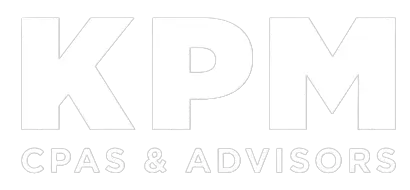By: Freddie Young
In the current landscape of community banking, navigating the regulatory terrain is essential to maintain the integrity and security of financial systems. Among the necessary pillars of regulatory compliance are the Bank Secrecy Act (BSA) and Anti-Money Laundering (AML) regulations. Below is a clear and accessible guide to the fundamental concepts and requirements of BSA/AML compliance to help unravel the complexity and empower your institution to meet regulatory standards effectively.
Understanding the Basics: BSA
The Bank Secrecy Act, enacted in 1970, serves as the foundation for the U.S. government’s efforts to combat money laundering and other financial crimes. Community banks play a vital role in upholding the BSA’s objectives, which include detecting and preventing money laundering, as well as safeguarding the financial system from illicit activities.
Key Components of BSA:
- Currency Transaction Reports (CTRs): Community banks are required to report any currency transactions exceeding $10,000. This reporting mechanism helps authorities track large cash transactions; a common method used by criminals to launder money.
- Suspicious Activity Reports (SARs): Community banks must file SARs for transactions or activities that appear suspicious or potentially linked to criminal behavior. This requirement underscores the importance of diligent monitoring and reporting unusual activities.
- Customer Identification Program (CIP): Establishing a robust CIP is crucial for community banks. It involves verifying the identity of customers, collecting necessary information, and monitoring accounts for suspicious behavior.
Understanding the Basics: AML Regulations
AML regulations complement the BSA by targeting the specific issue of money laundering. The primary goal is to identify and deter activities that could facilitate the transformation of illicit funds into legitimate assets.
Key Components of AML:
- Risk Assessment: Community banks must conduct regular risk assessments to identify and evaluate the potential money laundering risks associated with their operations. This process informs the development of effective risk mitigation strategies.
- Transaction Monitoring: Implementing a robust transaction monitoring system enables community banks to detect and investigate unusual patterns of activity. Automated systems can be invaluable in flagging transactions that deviate from established norms.
- Customer Due Diligence (CDD): Community banks are required to perform due diligence on their customers to understand the nature and purpose of their relationships. Enhanced due diligence may be necessary for higher-risk customers.
Practical Tips for Community Banks:
- Develop a Comprehensive Compliance Program: Establishing a comprehensive BSA/AML compliance program tailored to the size and risk profile of the community bank is crucial. This program should include policies, procedures, and internal controls to ensure adherence to regulatory requirements.
- Invest in Staff Training: Well-informed employees are the frontline defense against money laundering. Invest in ongoing training programs to keep staff abreast of regulatory changes, emerging risks, and effective compliance practices.
- Leverage Technology: Embrace technological solutions that can enhance the efficiency of BSA/AML compliance. Automated monitoring systems and data analytics can significantly improve the detection of suspicious activities.
- Consider Outsourcing Reviews: Community banks, often operating with limited resources, may find it beneficial to explore outsourcing BSA/AML reviews. Outsourcing to experienced providers can provide an independent and expert assessment of compliance processes, ensuring thorough and objective evaluations while allowing internal staff to focus on core banking activities.
Conclusion:
Understanding BSA/AML compliance is essential for community banks aiming to uphold the integrity of the financial system while meeting regulatory requirements. By understanding the basics of these regulations, community banks can proactively implement effective compliance programs, foster a culture of vigilance, and contribute to a secure and resilient financial ecosystem. If you are interested in learning more about outsourcing your BSA/AML reviews, contact us.

